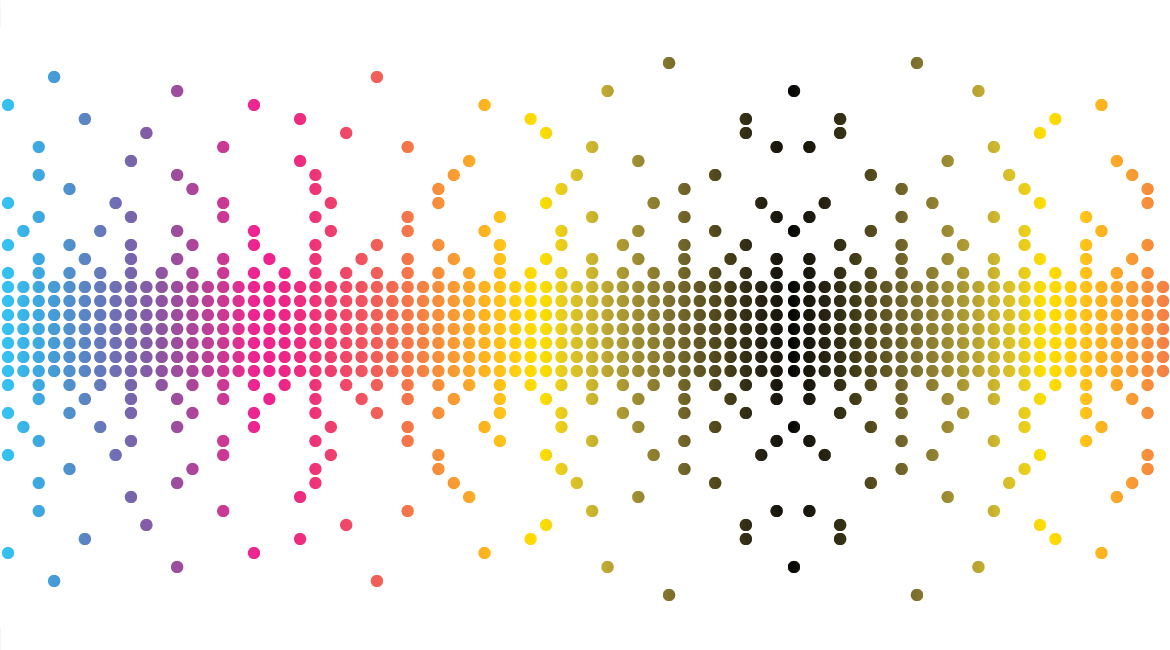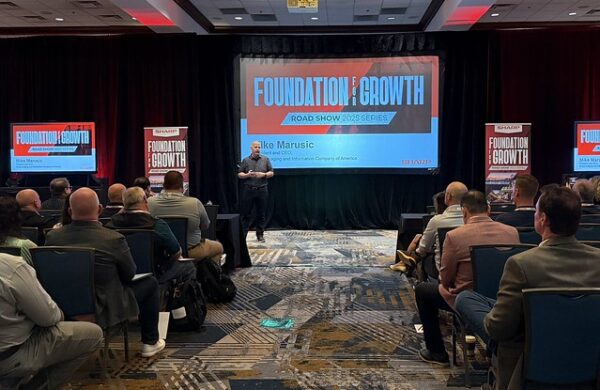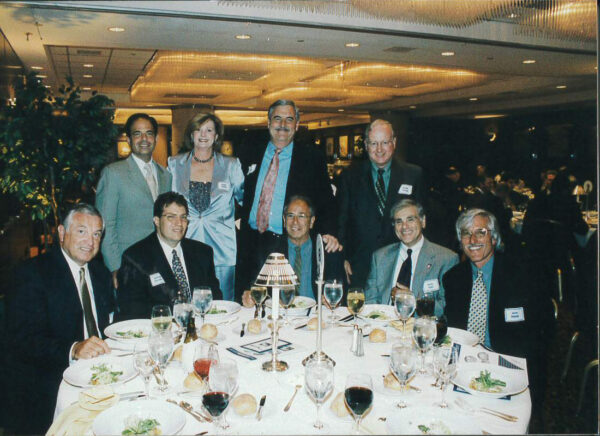The opportunities for future growth are here now.
We would all like an awareness of what the post-pandemic business environment will be like. What will the print industry look like in the years ahead? What technology will be a driver for growth in the realm of the imaging industry? No matter what the future may bring, there is an answer dealers should consider adopting now. From the office printer to the cut-sheet production-print press, inkjet is a viable alternative to toner-based products. In the world of wide and large format, it already is the best possible solution.
The question then becomes what would be the advantage to utilizing inkjet in office placements? Fundamentally, it is more cost effective than printers that use toner. The separation between the two begins in the production space where graphics become very important. I say this in acknowledging there are those who disagree with my statement and continue to maintain that toner is a much better answer than ink.
The degree of difference between the two is best determined by the type of the demand for printed material. I believe that the demand can be met by cut-sheet, continuous feed, and large-format printers employing inkjet. The important thing to understand is that I’m talking about choices to meet demand. If you think graphics, think toner. If you are looking for lower cost and acceptable image quality, think inkjet.
As we recover from the pandemic, we’re all seeing the retail signage and materials markets shouting, “We are back!”—especially in the restaurant and retail business segments. They all want to announce they are open for business. They are all looking to assure the public that coming into their space is safe by promoting the degree of cleanliness and the frequency of disinfecting.
In my opinion, there are many good reasons to continue using toner-driven printers. However, it is a market in decline and there is a need for a dealer to protect their MIF and profitability. The problem is that toner office printing offers precious little in the way of growth.
On the other hand, inkjet printers running 30 to 150 pages-per-minute (ppm) for the office and educational verticals, as well as light production, offer a price advantage and require far less technical support. Move into the inkjet large-format area, and you have many new and different customers to approach.
Dealers have always been able to grasp new technology and broaden their businesses. Creativity will be a precious commodity in the post-pandemic period. In the retail area, owners want to welcome their patrons back, and creative signage is one of the tools that facilitate that. It is not just signage that is in demand, but also banners that include hanging signs and banners on poles. This type of creativity is not limited to retail businesses. Offices need to welcome back employees, and some of them are finding they need to refresh their interiors, renovate, and even reconfigure.
Here is another way for dealers to go at their existing customers. Suggest signage that helps create a welcoming environment. As you gain experience, you can share with the prospective customer what other companies are doing to make their employees more comfortable and productive upon their return.
I know that none of this is easy or inexpensive to do. I’m touching on the first of many steps that can be taken when you enter the sale of large-format inkjet products. The one thing you can take to the bank—it is an opportunity to participate in the one area that offers growth in printing.
Wide format has been well accepted by architects, designers, and construction firms. That market segment has been well established for many years and can be broadened into the areas I have just enumerated.
And consider what has become the biggest market of them all—packaging. Think about the many items you have received via UPS, FedEx, and other common carriers over the last 16 months. The demand is huge and growing.
Take a lesson from what print providers are doing. A great example is the commercial printer that produces The Cannata Report. You walk into their place of business, and there is a showroom filled with decorative boxes. The company invested in large format to produce these graphic works of art, and the business just keeps coming. What this printer will tell you is that the advent of digital and large-format inkjet made this all possible.
Commercial printers are looking for a means to diversify, just like dealers. Selling large-format products to the printers is a viable business, and most of all, the supply business is very profitable. For large-format devices, the ink is delivered in 55-gallon drums.
You may ask why digital inkjet printers are effective tools for on-demand printing. We all have been hearing at various forums during the pre-pandemic period that digital represents only 5% of the equipment used in the world of the commercial printer. We heard this at PRINTING United in 2019 and ITMA (the world’s largest textile printing exhibition) in 2018. The last 16 months have seen little in the way of growth, and that leads me to believe there is a pent-up demand for large-format inkjet. It also means that digital remains less than 10% of all the equipment print providers use.
Not all the current manufacturers can provide the type of products I am advocating. Maybe it is time for dealers to look for new suppliers for the machines, media, substrates, and supplies that will diversify their business.
In The Cannata Report’s efforts to be more futuristic, we encourage you to examine the advantages of employing an e-commerce website. It is part of that wave moving toward us that offers many challenges and immense opportunities.
This is just one more moment to demonstrate that the independent dealers can excel in an area that the naysayers have been saying for years that they cannot do it. We know they can.
Access Related Content
To become a subscriber, visit www.thecannatareport.com/register or contact cjcannata@cannatareport.com directly. Bulk subscription rates are also available.





